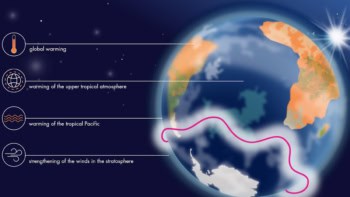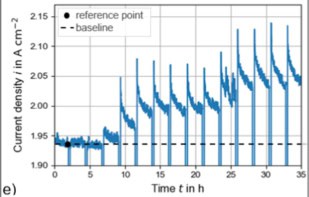Urban atmospheres may contain much less soot than previously thought, according to German geophysicists. Earlier theories assumed that all water-repellent particles in the air were made of black soot, but Jost Heintzenberg and colleagues of the Institute of Tropospheric Research in Leipzig found that a third of them are transparent. The study of the close link between water absorption and light scattering in particles could improve current models of the atmosphere, climate and health (J Heintzenberg et al 2001 Geophys. Res. Lett. 28 3649).
The ability of airborne particles to absorb water – that is, their hygroscopicity – strongly affects their optical properties, and these properties have many consequences for the environment. The amount of light that particles scatter determines how much they reduce visibility, and – en masse – affects the proportion of sunlight that the atmosphere reflects back into space. Water absorption also influences how easily airborne material can be inhaled.
Heintzenberg’s team collected samples of atmospheric particles from 12 metres above the ground during December 2000 and January 2001 in central Leipzig. After segregating the particles – which were around 300 nanometres in size – according to their moisture content, the researchers measured the amount of light scattered by each class of particles. They were surprised to find a group of highly water-repellent particles that were transparent. Heintzenberg and co-workers are not sure what they are, but speculate that they could be glassy materials or lighter organic compounds.
The discovery could benefit studies that predict the composition of pollutants from their optical properties. But Heintzenberg stresses that it is too early to say if the result is good news for the environment: “We just don’t know yet – we didn’t expect to see particles that are both clear and water-repellent”, he told PhysicsWeb.
New Year’s Eve fireworks caused the only significant variation in Leipzig’s atmosphere during the course of the study – they greatly boosted the proportion of hygroscopic particles in the air.



